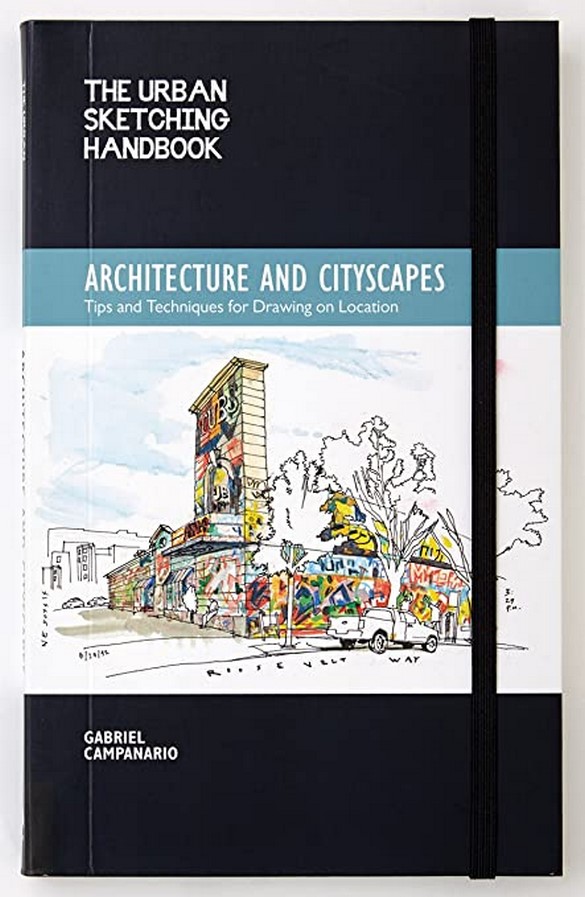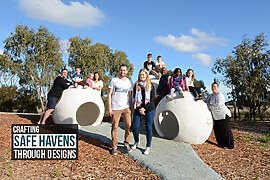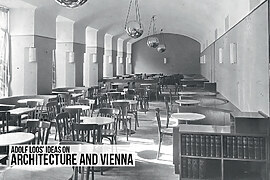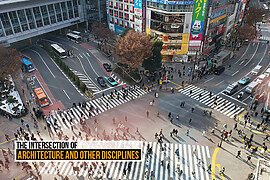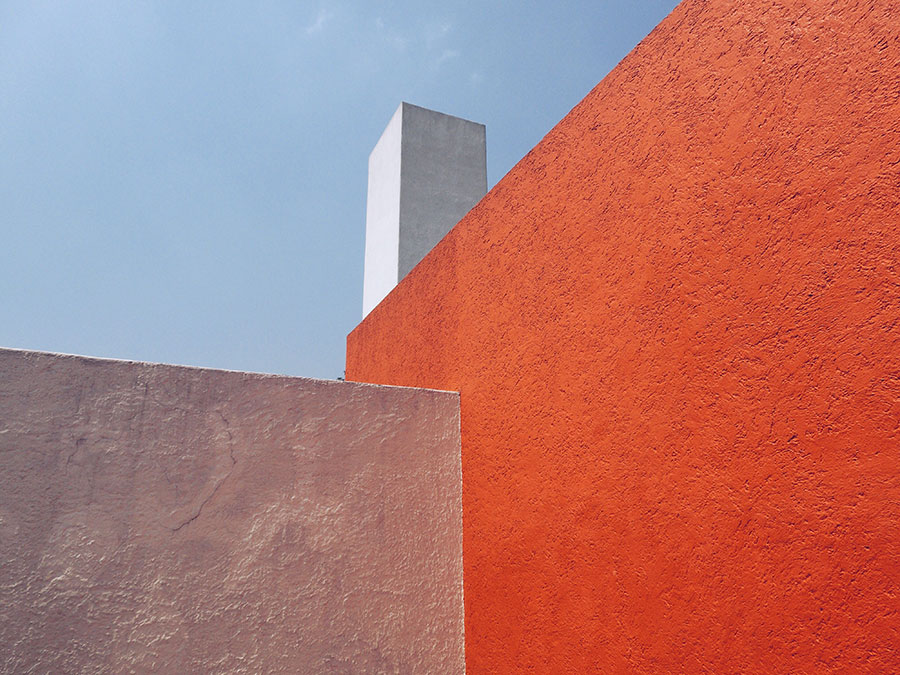Architecture cannot be confined to a singular dimension. Architecture has layers. Architecture is one of the most multidisciplinary fields which gives freedom to understand through a diverse array of educational resources offering varying perspectives by expressing ideas through essays, photography, sketching, quotes, comics. It is the most rooted art form in the world. One doesn’t need to be an architect to be an art architecture enthusiast. From ideological works to noteworthy structures, this list has it all.
Below is a list of some of the most intriguing architecture books for architecture enthusiasts which explore architecture through a social, political, cultural, and environmental lens.
1. Architecture: Form, Space, and Order- by Francis D.K. Ching
This book is the best example of a classic introduction to the basic elements of architecture. The informative illustrations give a clear description of the concepts throughout the book featuring sections on circulation, light, views, and site context, along with considerations of environmental factors, building codes, and contemporary examples of form, space, and order in a built environment.
Architecture: Form, Space, and Order promote a more evocative understanding of architecture.
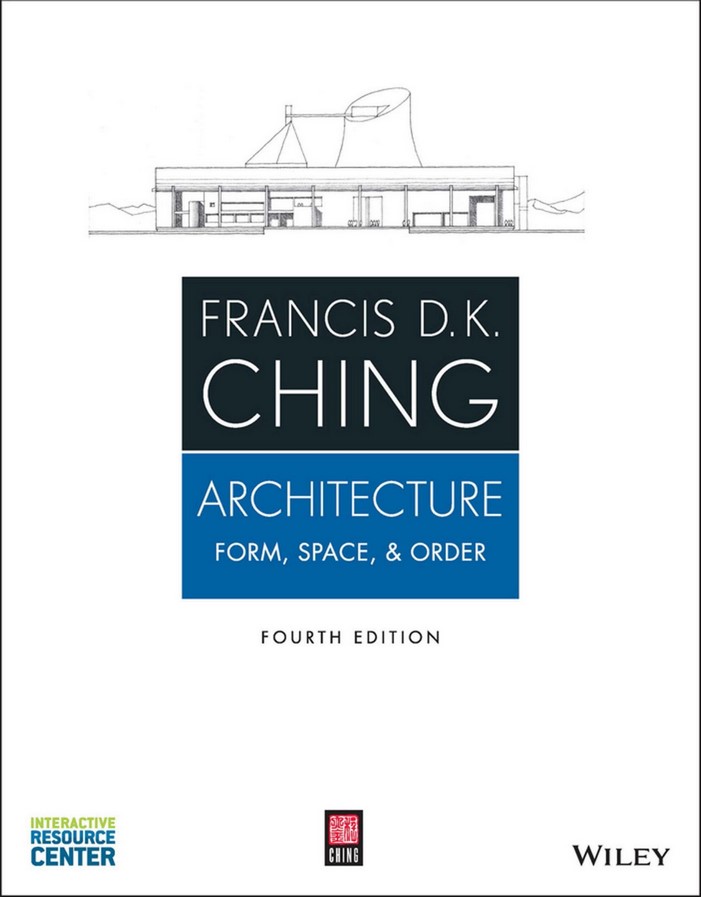
2. Towards a New Architecture- by Le Corbusier
This book brings forth a collection of essays for architecture enthusiasts by the famous architect Le Corbusier giving an insight into his views on technical and aesthetic theories, the relation between form and function, economics, mass production. These subjects explore the concept of a then-burgeoning modern architecture illustrated with over 200 line drawings and photographs of his works and other structures.
Towards a New Architecture is indispensable reading for those who are fascinated by the wide-ranging ideas, unvarnished opinions, and innovative theories by one of the century’s master builders.
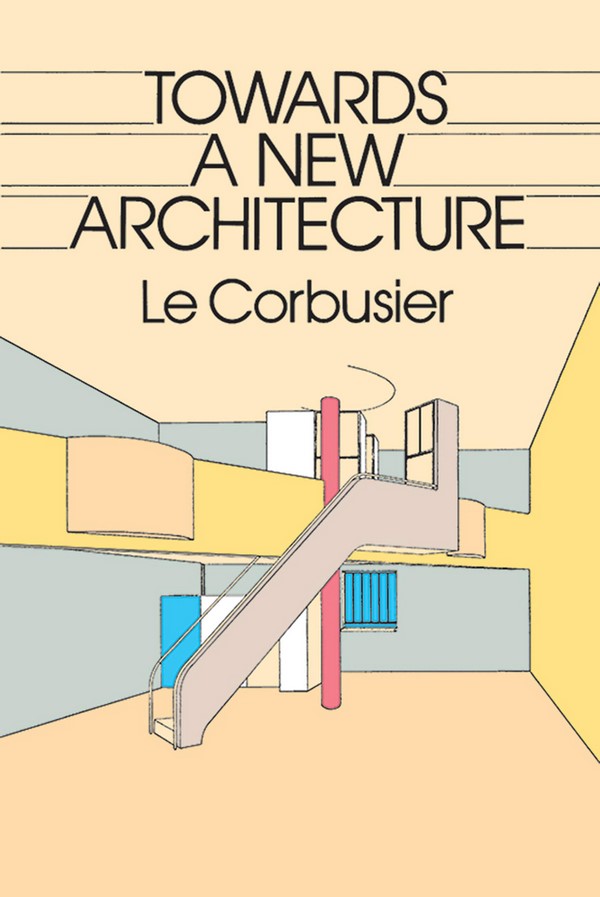
3. Architecture: A World History
For all the history diggers, this book is a super-condensed time capsule. It covers the most significant architecture movements, timelines that explore the evolution of the practice, and brief biographies of great architects and examinations of their masterpieces. Witness the changes as the book travels through prehistoric till present architecture styles highlighting the transformation and works of a few of the famous architects.
Architecture: A World History takes a tour of the most spectacular examples of architecture from around the world and throughout time.
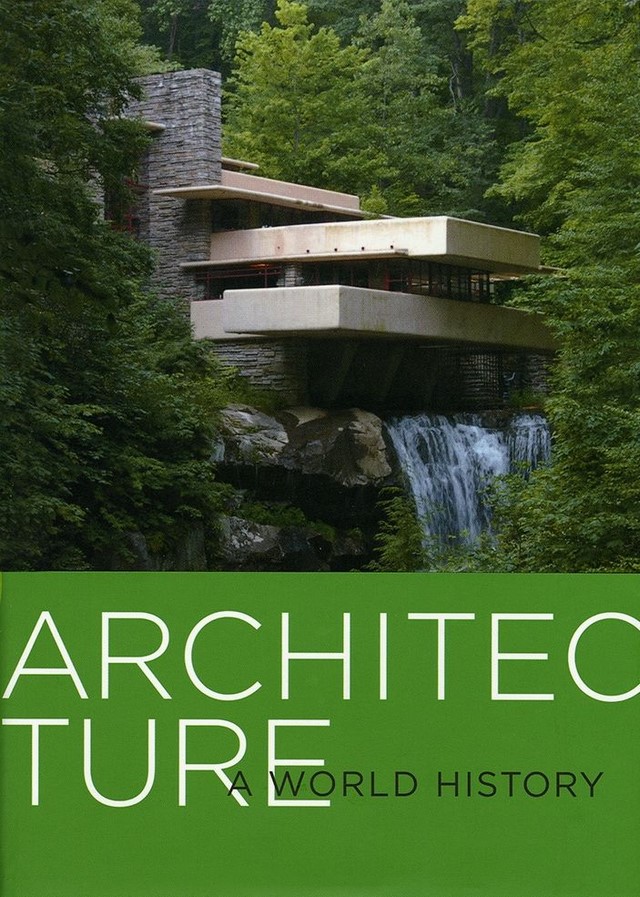
4. Design Like You Give a Damn [2]: Building Change from the Ground Up- by Cameron Sinclair, Architecture for Humanity
The purpose of this book is to focus on innovative projects by architects and designers that improve lives by committing to build a more sustainable future. It provides practical and ingenious design solutions by addressing the need for basic shelter, housing, education, health care, clean water, and renewable energy. This book gives insight through provocative case studies and interviews of innovative designers reimagining communities and uplifting lives.
Design Like You Give a Damn is the first book based on the concept of humanitarian architecture.
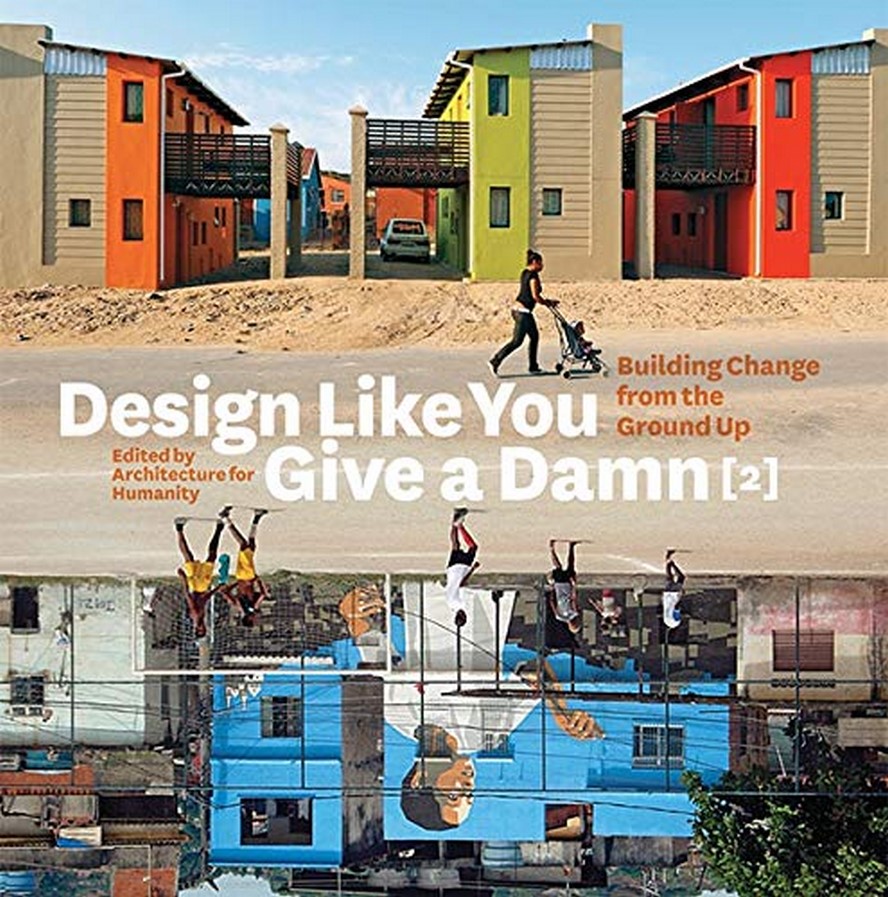
5. Yes is More: An Archicomic on Architectural Evolution- by Bjarke Ingels
BIG’s comic style book- Yes is More is one of the most unconventional books on the list with its unique way to express the ground-breaking agenda of contemporary architecture. The content doesn’t disappoint in the slightest and strongly questions and redefines the convention of contemporary architecture. This book is a far cry from a monograph and is self-defined as “a popular cultural manifesto”. It is a must-read for all those breaking set boundaries and redefining design.
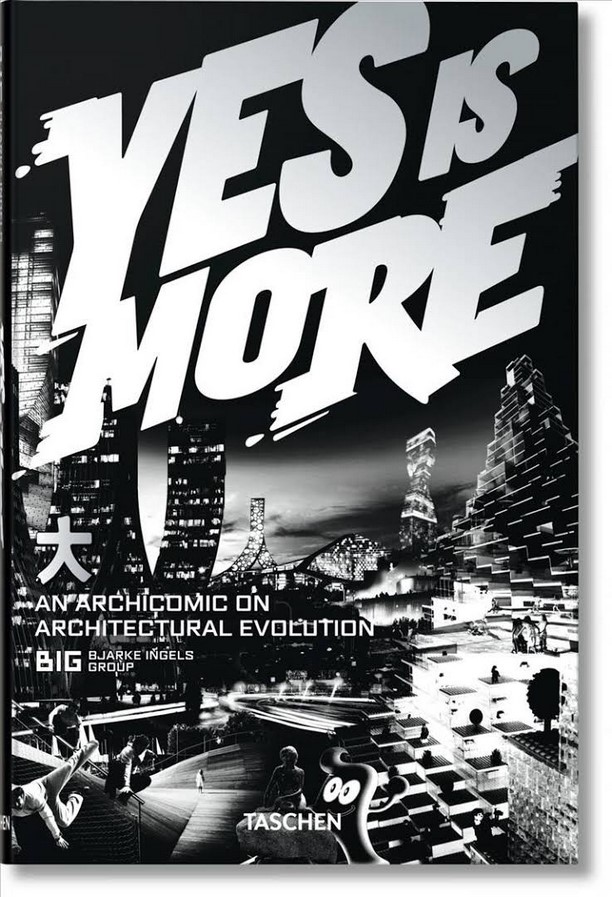
6. World Architecture: The Masterworks- by Will Pryce
This book unveils a world of architectural masterpieces through a photography-specific survey celebrating the finest buildings from over two thousand years of civilization. The accompanying context provides an extra dimension for understanding the different buildings in various parts of the world. This book is an amazing choice for a photographer because of its unique photography styles.
World Architecture: The Masterworks combines architecture and photography into artwork.
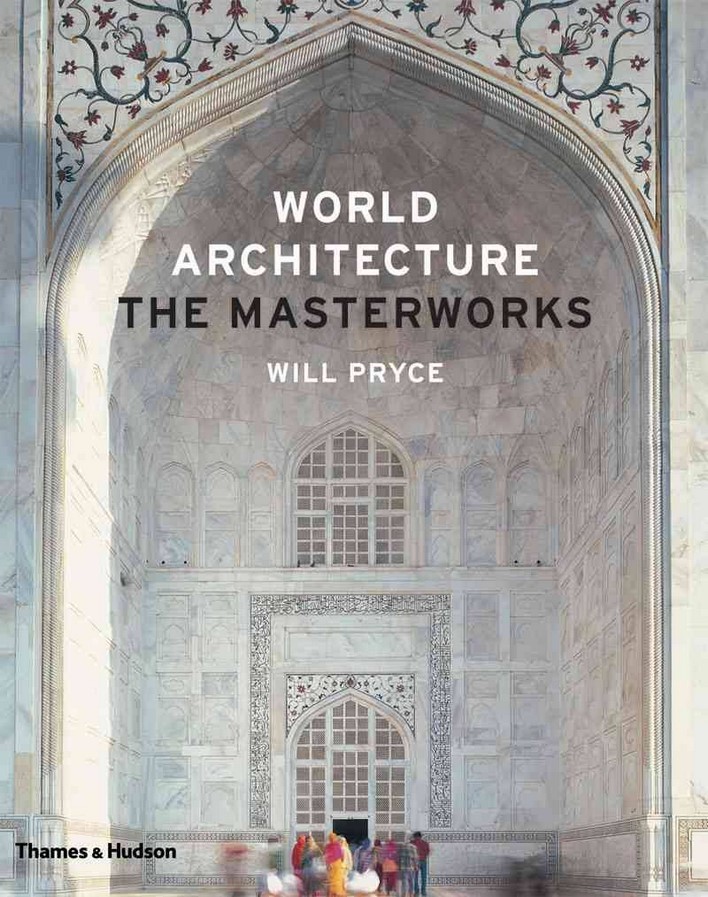
7. The Architecture of Happiness- by Alain de Botton
This book talks about how architecture and the environment play a vital role in the philosophical and psychological aspects of human emotions. The space we live and reside in is largely reflected in our behavior. This book takes on a tour through the history and psychology of spaces.
The Architecture of Happiness explores the hidden link between spaces and their impact on human psychology.
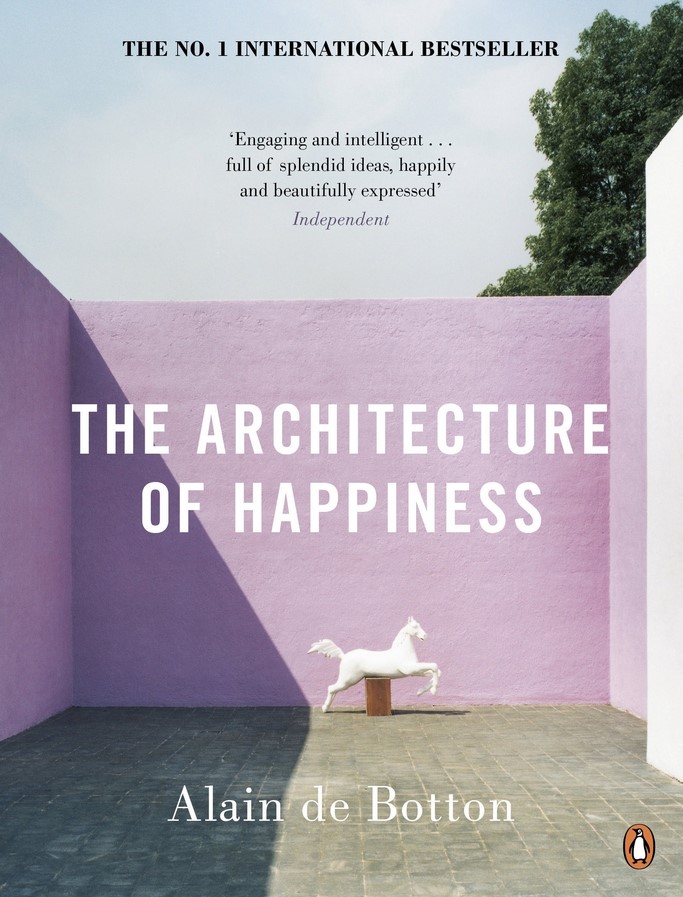
8. Architecture and Violence
This is an impressive collection of essays by architectural theorists, providing a fine survey of relationships between architecture and violent events. The authors analyze the intrinsic violent values of the timeline which led to alterations in the architecture and the violent consequences on suffering users and the environment.
This book is a decent read for those who indulge in the discussions of social, political, and artistic impact on architectural choices and design concepts.
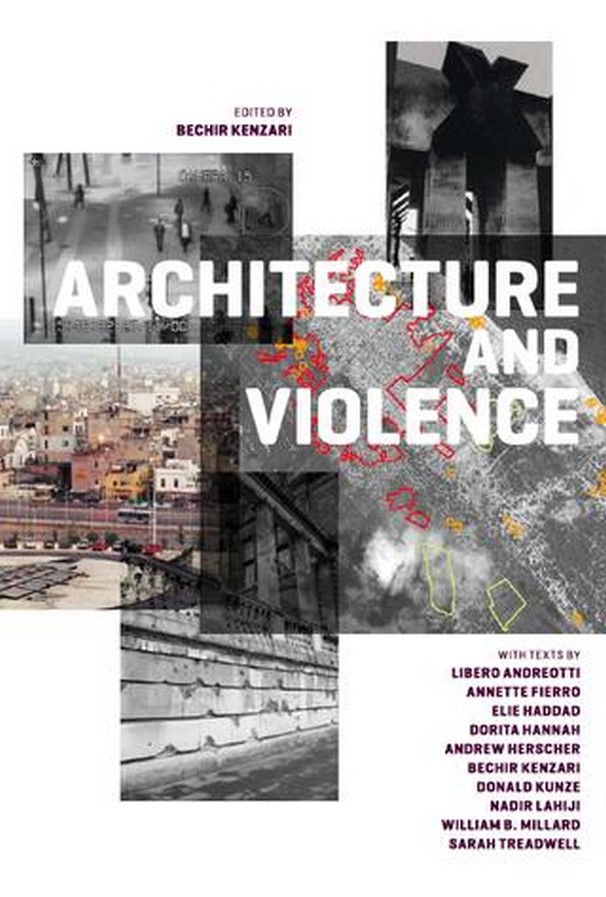
9. Architecture of First Societies: A Global Perspective
This book for architecture enthusiasts enlists the socio-cultural evolution of the First Societies witnessing the material culture through place and time. Looking through time and geography, the history of early architecture is brought to life with photographs, maps, and drawings. This book is for those interested in architecture, anthropology, ecology, history, and geography.
The architecture of First Societies: A Global Perspective traces back, tracking the early civilizations globally.
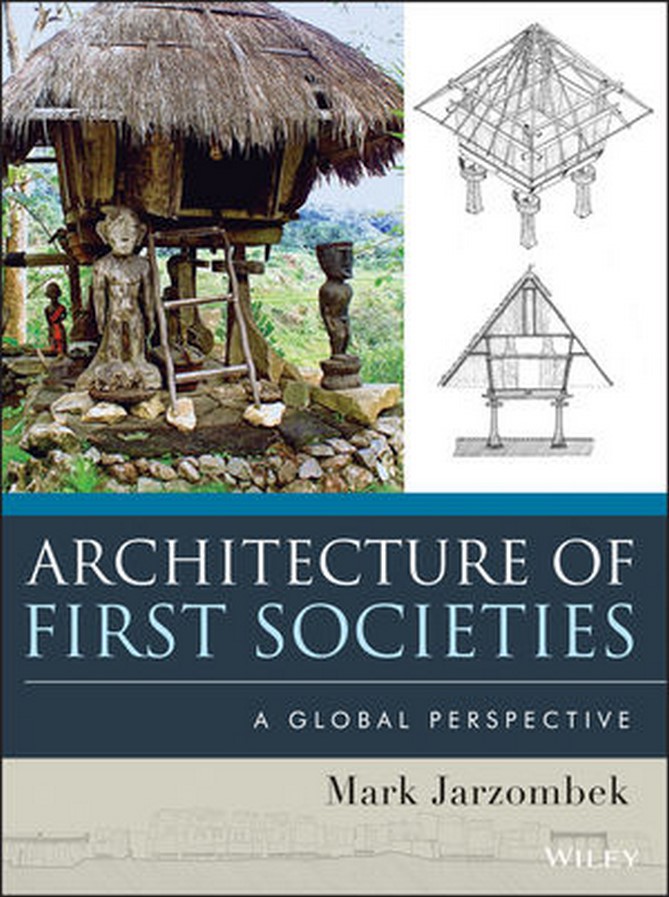
10. The Urban Sketching Handbook: Architecture and Cityscapes: Tips and Techniques for Drawing on Location- by Gabriel Campanario
This book helps develop a unique style of sketching by showcasing more than 500 sketches and drawing tips also by giving insight on specific challenges of making sketches on location and climate, giving the most suitable techniques for every situation. This book describes the experience of drawing architecture and cityscapes using composition, depth, scale, contrast, line, and creativity.
The Urban Sketching Handbook series helps to increase appreciation of the built environment.
